
All about nuclear energy
What is nuclear energy?
There are three types of energy sources on Earth:
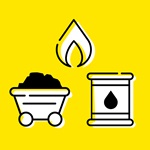
Fossil energy sources (gas, coal, oil), named for the organic matter under transformation in the earth for millions of years. They are exhaustible and strong emitters of greenhouse gases. ransformation de matières organiques enfouies sous terre depuis des millions d’années.
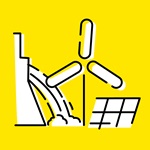
Renewable energy sources (wind, solar, hydroelectricity) are, as their name indicates, inexhaustible. They are based on natural elements such as the sun, water, wind, and hot water sources. They are referred
to as intermittent because they do not produce energy continuously. They are low emitters of greenhouse gases.
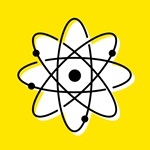
Fissile energy which is nuclear energy. It is the result of uranium and plutonium fission that produces a powerful chain reaction, and it continually powers all the electrical grids in France. It has low greenhouse
gas emissions.
Did you know? in France, 75 % of our electricity is produced from nuclear energy.
Nuclear energy, how it all started
A little history:
- 1896: Henri Becquerel observes radiation from uranium for the first time.
- En 1900, Marie Curie, discovers radioactivity. She is awarded two Nobel prizes for these discoveries: one in 1903 and another in 1911.
- 1934: Irène et Frédéric Joliot-Curie discover artificial radioactivity.
- En 1938, Otto Hahn discovers fission and the colossal quantity of energy it produces.
- On October 18, 1945, General de Gaulle founds the French Atomic Energy Commission (CEA).
- On July 24, 1952, the National Assembly votes for the construction of two nuclear reactors on the Marcoule site.
- On June 17, 1958, General de Gaulle decides to build a uranium enrichment plant in Pierrelatte in the Drôme region.
- On October 26, 1959, the Cadarache site is created by the CEA for research on fast neutron reactors (FNR).
- In 1963, the first nuclear reactor of the French utility EDF is commissioned in Chinon.
- In 1967, the La Hague plant is commissioned.
- In 1969, the Chaban-Delmas government decides to build two pressurized water nuclear reactors in Fessenheim.
- In 1973, the oil crisis and the oil price hike favor the “all nuclear” approach.
- 1980s: Expansion of the French nuclear fleet.
- 2001: Orano is created by the union of Framatome, Cogema, and CEA Industrie.
- 2009: Creation of Orano Med; 1st clinical test in 2012.
- 2019: The 5th report of the IPCC recommends more nuclear power to achieve the energy transition.
- 2021: The increase in the price of gas and electricity in the European Union and the need to transition to a low-carbon energy argue in favor of a return to more nuclear energy in the energy mix.
.tmb-small.jpg?sfvrsn=b60d428c_17)
Steps in the nuclear fuel cycle

Uranium: A natural resource
Uranium is present in its natural form under the earth’s surface. The isotopes uranium-235 and uranium-238 are used in the nuclear fuel cycle. Uranium-235 represents 0.7% of the uranium present in the earth’s crust. It is particularly instable, very rare, and fissile.
It is enriched prior to its use by centrifugation or diffusion, and then concentrated in the form of yellow cake. Orano has extensively developed its expertise in uranium enrichment and is 3rd in the world in this field. Uranium-238, much more prevalent in nature, is said to be fertile. It represents 99.7% of the uranium in the earth’s crust.
Enriched uranium, in the form of a black powder, is compressed, once processed, into 7-gram pellets that are placed in metal tubes 4 meters long known as “rods.” They are perfectly hermetic and are bundled together in fuel assemblies.
Did you know?
- 1 fuel assembly = 264 rods
- Each assembly can power a city of 100,000 inhabitants
- only one kilo of enriched uranium, as much energy is produced as from 170 metric tons of coal
What happens during a nuclear chain reaction?
When a uranium-235 nucleus is bombarded with a neutron, it absorbs it ad splits into two parts. this is nuclear fission.
By splitting, this nuclear produces new neutrons that then bombard other uranium-235 atoms and this cascade of fissions is called a nuclear chain reaction.
It is controlled and maintained at a constant level using control rods that measure and regulate the number of neutrons.
This phenomenon generates a large amount of energy and heat. The nuclear reactor then reuses this energy to heat water which produces steam and activates the turbine. The turbine, combined with an alternator, transforms the energy into electricity.
Did you know? 1g d’uranium produces more heat than the combustion of one metric ton of oil
Nuclear power plant
A nuclear plant is composed of four main parts:
- a building that contains the reactor, where the nuclear fission takes place,
- the machine room, where the electricity is produced,
- the electric outgoing feeders that transport electricity to the grid,
- the cooling towers that condense and recover part of the water used in the combustion cycle
To find out more about the interactions between these four bodies and the different stages of electricity production within the plant, read our article on How a nuclear energy plant works.
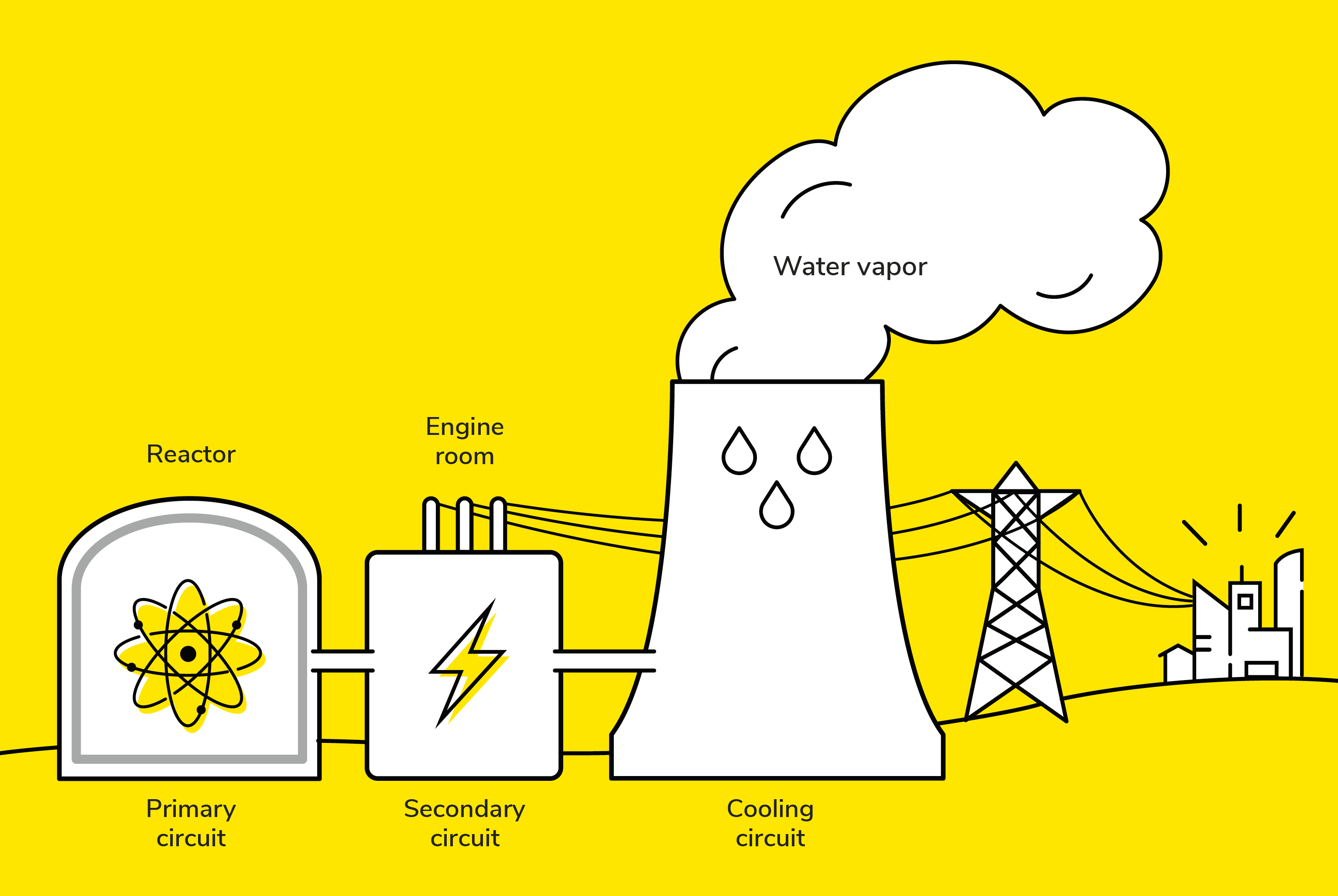
Did you know?
- With 58 reactors, France is the world’s leader in nuclear electricity
- + de 90% of electricity in France is low-carbon due to an energy mix consisting of nuclear energy and renewable energies.
The well-known and less well-known applications of nuclear energy
Nuclear energy has a lot of other applications than producing electricity. While it has made major advances in medical research possible, its contributions to the arts, archeology, and the agri-food industry are less well-known. Here are a few examples.

In medicine, it has enabled major progress in prevention, diagnostics, disease treatment, radiotherapy, alphatherapy, cancer research, etc.

In the fields of agriculture and food production, it improves agricultural techniques, food storage, and nutrition.
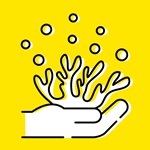
It helps protect the environment, and notably the sea bottom, through studies on the acidification of the oceans and plastic pollution.

It also plays a major role in the restoration of art works and is very useful to archaeologists, who use it to date, identify, and reconstruct the history of objects discovered during digs.
Nuclear energy, a revolutionary scientific discovery from the last century, continues to open up new avenues of innovation. Now more than ever, it is an energy of the future. It will play a key role in the energy transition,
electric mobile applications, medicine, space applications, and even quantum computing.
- Understanding Nuclear Energy Nuclear energy makes it possible to produce low-carbon, competitive, and continuous electricity
- Expert voices - Nuclear power: a low-carbon energy and a powerful ally in the fight against climate chaos Philippe Knoche and François-Marie Bréon discuss one of the major challenges of the 21st century: how to effectively combat climate change.
- Nuclear energy as seen by the French Orano has once again partnered with the institute BVA to question a panel of the French public on their knowledge and perceptions of nuclear energy. The results of this study complete the information from the first edition carried out in 2019